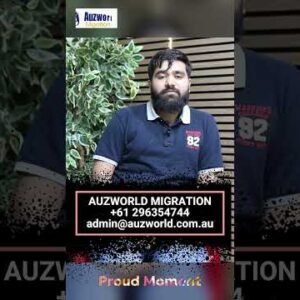Protection Visa
A Protection visa is a type of visa offered by the Australian government to individuals who are seeking protection due to a well-founded fear of persecution in their home country. This persecution may be based on factors such as race, religion, nationality, membership in a particular social group, or political opinion. The Protection visa is designed to provide refuge and safety to those who are unable or unwilling to return to their home country due to fear of harm.
Have Questions?
We're Just a Click Away!
Key features of the Protection visa

- Refugee Status: To be eligible for a Protection visa, an individual must meet the criteria of the United Nations’ definition of a refugee. This definition includes experiencing a genuine and well-founded fear of persecution and being unable or unwilling to avail themselves of the protection of their home country.
- Visa Subclasses: Protection visas fall under different subclasses, such as the Subclass 866 (Protection visa), which is for people who are in Australia and meet the refugee criteria. There are other subclasses for those who are outside Australia or are in specific circumstances.
- Asylum Seekers: Many individuals apply for a Protection visa after arriving in Australia seeking asylum. Asylum seekers may arrive by various means, including by boat or through authorized channels.
- Assessment Process: The assessment process for a Protection visa involves evaluating the applicant’s claims of persecution and determining whether they meet the refugee criteria. This process can include interviews, documentation review, and gathering of evidence.
- Health and Character Checks: Like all Australian visas, applicants for a Protection visa must meet health and character requirements.
- No Discrimination: The assessment of Protection visa applications is based on the principle of non-discrimination. Decisions are made without regard to an applicant’s race, religion, nationality, membership in a particular social group, or political opinion.
- Temporary and Permanent Protection: In some cases, an applicant may be granted a Temporary Protection visa (TPV) or a Safe Haven Enterprise visa (SHEV) initially. These visas provide temporary protection and can later lead to permanent protection if certain conditions are met.
- Family Members: Family members of the primary Protection visa applicant may also be eligible to apply for visas based on family reunion grounds.
Note : The process and requirements for applying for a Protection visa can be complex, and the situation for asylum seekers and refugees can vary widely. It’s important to consult the official Australian immigration website or seek advice from legal experts or registered migration agents (Mr Manmohan Makkar) who specialize in refugee and asylum matters for the most accurate and up-to-date information on applying for a Protection visa.
Dedicated Team
Great Support
Government Certified
Here to Assist You
Have questions? Get in touch with us for expert migration advice.

Expert Team Members
Our Dedicated Team At Your Service

Sumeet Vinod Kumar
Founder / Director
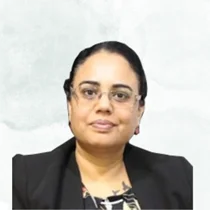
Urmila Sumeet Kumar
Co-Founder / Director
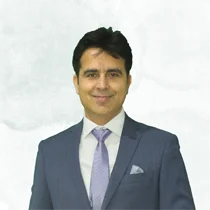
Manmohan Makkar
Immigration Lawyer / Director

Anisha Makkar
Operation Manager, India

Dhara Amit Shah
Business Development Manager

Vinaya Vineet Pasarnikar
Senior Case Manager

Gitanjali Bahuguna
Case Manager

Beena Bhola
Case Manager
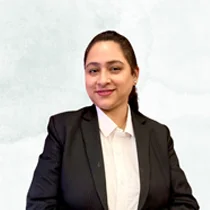
Karunjit Thind
Case Manager
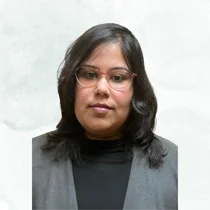
Rupali Kumari
Case Manager
Frequently Asked Questions
At Auzworld Migration, We’re a team of Registered Migration Agents & Immigration Lawyers.
Australia offers a variety of visas to cater to different needs. The primary categories include:
- Tourist visas: For short-term visits.
- Student visas: For international students.
- Work visas: For skilled workers and temporary workers.
- Family visas: For partners, parents, and children of Australian citizens or permanent residents.
- Migrant visas: For permanent residency.
The specific documents required vary depending on the visa type. However, common documents include:
- Valid passport
- Proof of financial support
- Health examinations
- Police certificates
- Proof of education or employment
- Relationship evidence (for partner visas)
Processing times can vary significantly depending on the visa type and individual circumstances. It’s essential to check the estimated processing times on the Department of Home Affairs website. Factors such as the time of year, lodgement location, and the complexity of the application can also influence processing times.
Yes, most student visa holders are allowed to work part-time during their studies and full-time during designated breaks. However, there are limitations on the number of hours you can work.
The requirements for permanent residency vary depending on the visa pathway chosen. Common pathways include skilled migration, family sponsorship, and employer sponsorship. Each pathway has its own eligibility criteria, including age, skills, work experience, and English language proficiency.



